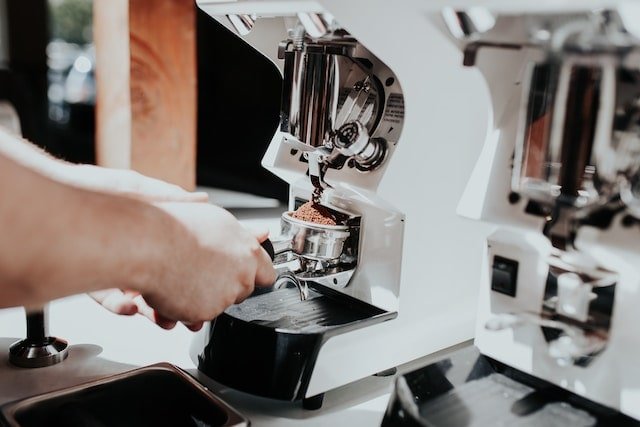One of the top manufacturers of coffee machines worldwide is Bunn. Their equipment can be found at businesses like cafes, restaurants, and the private residences of coffee enthusiasts.
If properly maintained with routine cleaning and maintenance, Bunn machines are famous for their dependability and longevity. Making coffee is surprisingly hard on coffee makers, and if you don’t clean them frequently, they can start making weird-tasting coffee or even stop working altogether.
The Need for Cleaning Your Coffee Maker
There are many justifications for routinely cleaning your coffee maker. You can really benefit from a purified machine, from a shorter brewing to fewer bacteria. To name a few:
- Shorter Brewing Time
Your coffee maker’s water flow can become backed up when minerals and scaling accumulate inside of it. As a result, your coffee will take longer to brew and drip. A clean machine, on the other hand, will enable a constant flow of water and provide you with a speedy cup of coffee to begin your day.
- Correct operation
As was already indicated, scale development may obstruct the water flow required to brew the beverage. The machinery will have issues if the water cannot flow. A spotless coffee maker will work smoothly and correctly.
- Coffee That Tastes Better
Nobody enjoys a cup of bitter coffee, and dirty coffee machines are frequently to blame. The internal thermometer of some machines can be damaged. If the temperature isn’t hot enough, the experience may not be particularly tasty.
- Extended Lifespan
Cleaning your Bunn coffee maker regularly will ultimately safeguard the equipment, giving you the chance to use it for many years to come.
- Lower Bacterial Risk
When brewing coffee, your coffee maker uses both heat and moisture. This makes the device a great location for the growth of bacteria, yeast, and, occasionally, mould. Those who have allergies may experience allergic reactions from this, and it may even result in infections.
Materials Required:
• Soft fabrics
• Mild liquid soap or detergent • Spray head cleaner • White vinegar (descaling) • Distilled water (descaling)
Maintaining a Bunn coffee maker
Your Bunn coffee machines need to be cleaned at the very least a couple times per week. However, attempt to do this every day in locations with hard water. Be careful you take the following actions:
- Step 1: Unplug the appliance from the wall outlet and turn the espresso maker off.
- Step 2: Scrub the machine’s exterior – Using warm water & liquid detergent, dampen a soft cloth. Make that the detergent is gentle and abrasion-free. Clean the coffee maker’s surfaces thoroughly with the moist cloth.
- Step 3: Rinse and dry the machine’s surfaces. Wet a second cloth with only warm water, then use it to clean the machine’s surfaces. Next, use a dry cloth to wipe the machine down.
- Step 4: Disconnect the spray head from the coffee machine and clean it. Carefully remove mineral buildup from the spray head’s holes with the pointed end of the cleaning tool.
- Step 5: Clean your spray head fitting. Remove the spray head and place the cleaning tool’s long end into the spray head fitting. To remove mineral deposits, rotate the instrument numerous times.
- Step 6: Clean your bypass fitting by inserting the cleaning tool’s long end into the fitting. To remove mineral deposits, rotate the instrument numerous times. Reattach your spray head after wiping away any leftover substance with a cloth.
Using vinegar, thoroughly clean a BUNN coffee maker
You should give your BUNN Fast Brew coffee maker a complete and thorough scrub a minimum of every three months in order to remove mineral buildup. I’ll demonstrate how to do that for you.
You’ll require a toothpick, vinegar, and dish soap. You will now begin by pouring all four cups of wine that I have already measured into the top of the container. Two cups are present, which is also one quart. Pour vinegar into the top as you normally would, then secure it with the top closed.
Empty your carafe and unplug your machine after turning it off while it is brewing, of course. Your actions basically consisted of pouring vinegar into your brewer, which then fell into the water reservoir and forced the water out, which is what we just flushed.
Therefore, the vinegar will now be sitting in the water tank and working its magic. You therefore wait for an additional two hours. Okay, you should take off your spray head now that your allotted two hours have passed. You shouldn’t do this earlier since the spray head is going to be hot.
Conclusion
You now have it. We are confident that once you have cleaned your coffee maker and are aware of the proper procedures, you will quickly resume enjoying the best coffee.


